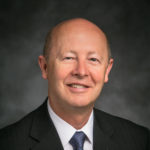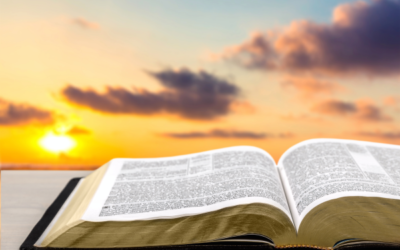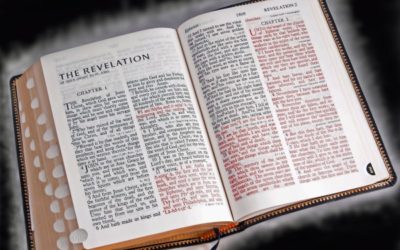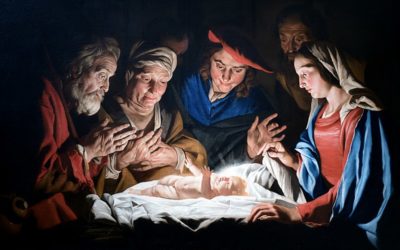The ninth Article of Faith explains, “We believe all that God has revealed, all that He does now reveal, and we believe that He will yet reveal many great and important things pertaining to the Kingdom of God.” Some mysteries of God have not yet been revealed and may not be revealed for some time. As Alma explained to his son Corianton in Alma 40:3, “Now, I unfold unto you a mystery; nevertheless, there are many mysteries which are kept, that no one knoweth them save God himself.”
One unrevealed mystery of God in which Christians generally and Latter-day Saints, in particular, have had great interest is the timing of the Second Coming of the Savior. In the New Testament, the Lord told his disciples that they did not know the day nor the hour of His Coming, neither did the angels of heaven, but only the Father (Matthew 24:36, 25:13; Mark 13:32).
Living in the time of “the restoration of all things” (Doctrine and Covenants 27:6), Joseph Smith ventured to ask the Lord to reveal this mystery to him. But the date had not been revealed previously and so was not among those things that needed to be restored. Instead, in May 1831 God told Joseph that “the hour and the day no man knoweth, neither the angels in heaven nor shall they know until he comes” (Doctrine and Covenants 49:7). Later that year, the Lord repeated what He had told His New Testament apostles: “Ye know neither the day nor the hour” (Doctrine and Covenants 133:11).
On April 2, 1843, while in Ramus, Illinois, Joseph related to a group of friends how the Lord had answered his plea to know the date. The Lord’s tone in this account is like that of a kind parent who won’t give a child what he or she asks because the child is requesting something he or she should not have. Joseph recounted:
“I was once praying very earnestly to know the time of the coming of the Son of Man, when I heard a voice repeat the following: Joseph, my son, if thou livest until thou art eighty-five years old, thou shalt see the face of the Son of Man; therefore let this suffice, and trouble me no more on this matter. I was left thus, without being able to decide whether this coming referred to the beginning of the millennium or to some previous appearing, or whether I should die and thus see his face. I believe the coming of the Son of Man will not be any sooner than that time.” (Doctrine and Covenants 130:14‒17.)
Joseph related this account at a time when many people in the world were focused on the speculations of William Miller, who predicted that the Lord would come between March 21, 1843, and March 21, 1844.
On March 10, 1844, just before Miller’s predicted period for the Second Coming ended, Wilford Woodruff took notes of a talk given by Joseph Smith. These notes appear in Wilford’s journal of the same date and read as follows: “I have asked of the Lord concerning his coming & while asking, the Lord gave me a sign & said in the days of Noah I set a bow in the heavens as a sign & token that in any year that the bow should be seen the Lord would not come but their should be seed time & harvest during that year but whenever you see the bow withdraw it shall be a token that their shall be famin pestilence & great distress among the nations. But I take the responsibility upon myself to prophesy in the name of the Lord that Christ will not come this year as [William] Miller has prophecyed for we have seen the bow. And I also Prophecy in the name of the Lord that Christ will not come in forty years & if God ever spake by my mouth he will not come in that length of time & Jesus Christ never did reveal to any man the precise time that he would come go & read the scriptures & you cannot find any thing that specifies the exact he would come & all that say so are fals teachers.”
Regarding mysteries such as these, we should certainly not preach our speculations to others. Instead, we should follow the example of Alma, who said to his son Helaman, “Now these mysteries are not yet fully made known unto me; therefore I shall forbear” (Alma 37:11).



